Are you experiencing air conditioning allergies symptoms that leave you sneezing, coughing, or feeling congested every time the AC is on? Air conditioning can circulate dust, mold, and allergens, making your home less of a sanctuary and more of a trigger zone for allergy sufferers. Fortunately, understanding the causes and learning how to improve your air quality can help you manage these symptoms and breathe easier.
In this guide, we’ll explore the common signs of air conditioning allergies, their causes, and the best tips for relief, including the role of air purifiers like the LEVOIT Air Purifier in maintaining a healthy home environment.
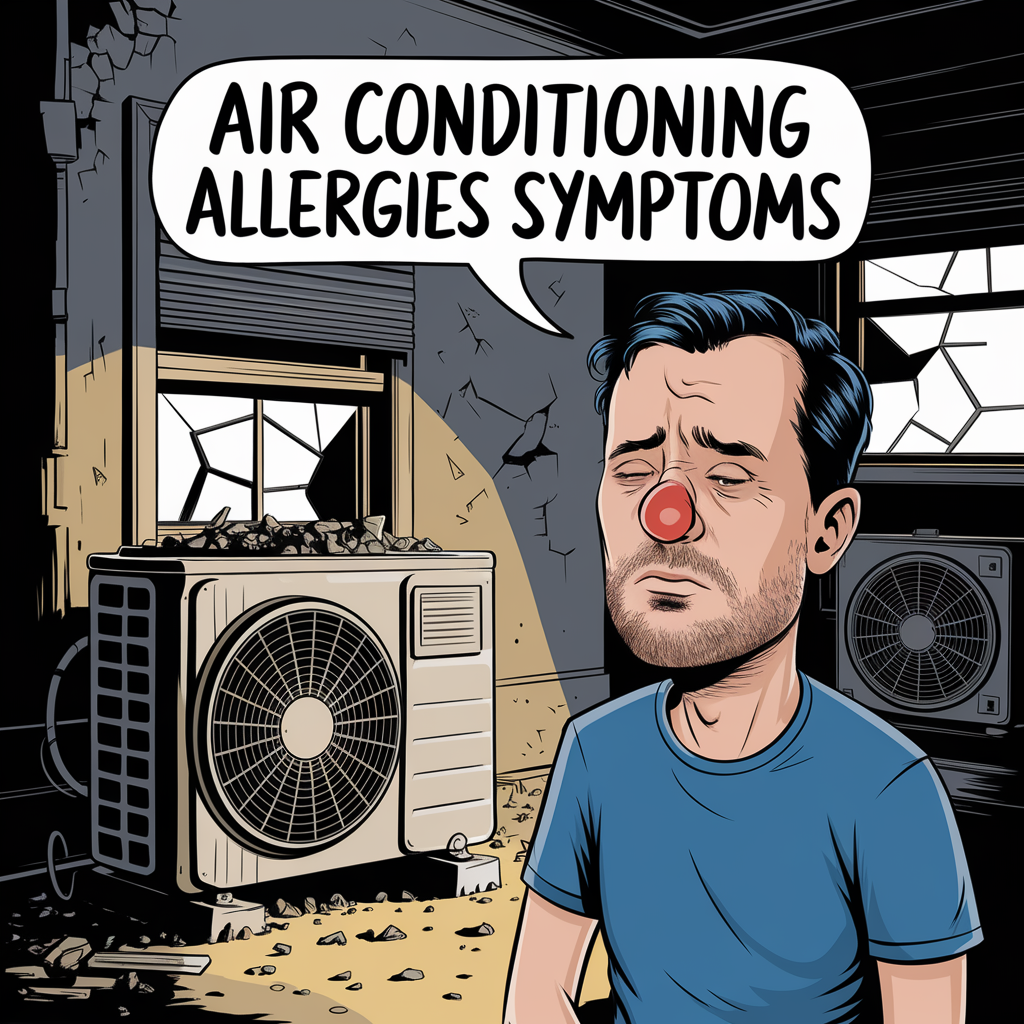
What Are the Symptoms of Air Conditioning Allergies?
Air conditioning allergies symptoms can mimic common seasonal allergies, making it tricky to pinpoint the source. If your symptoms worsen when the AC is running, your air conditioner might be the culprit.
Common Symptoms Include:
- Sneezing or nasal congestion.
- Itchy, watery eyes.
- Coughing, throat irritation, or post-nasal drip.
- Headaches, fatigue, or skin dryness.
These symptoms often occur because air conditioners circulate allergens like dust, mold, and pollen, especially when filters aren’t cleaned regularly. For a deeper dive into these symptoms, check out Healthline’s guide on air conditioning allergies.
Addressing these symptoms promptly with simple solutions, such as using a LEVOIT Air Purifier to filter allergens, can make a noticeable difference in your comfort and health.
Got it! I’ll limit mentions of the air purifier and use varied, natural anchor text moving forward.
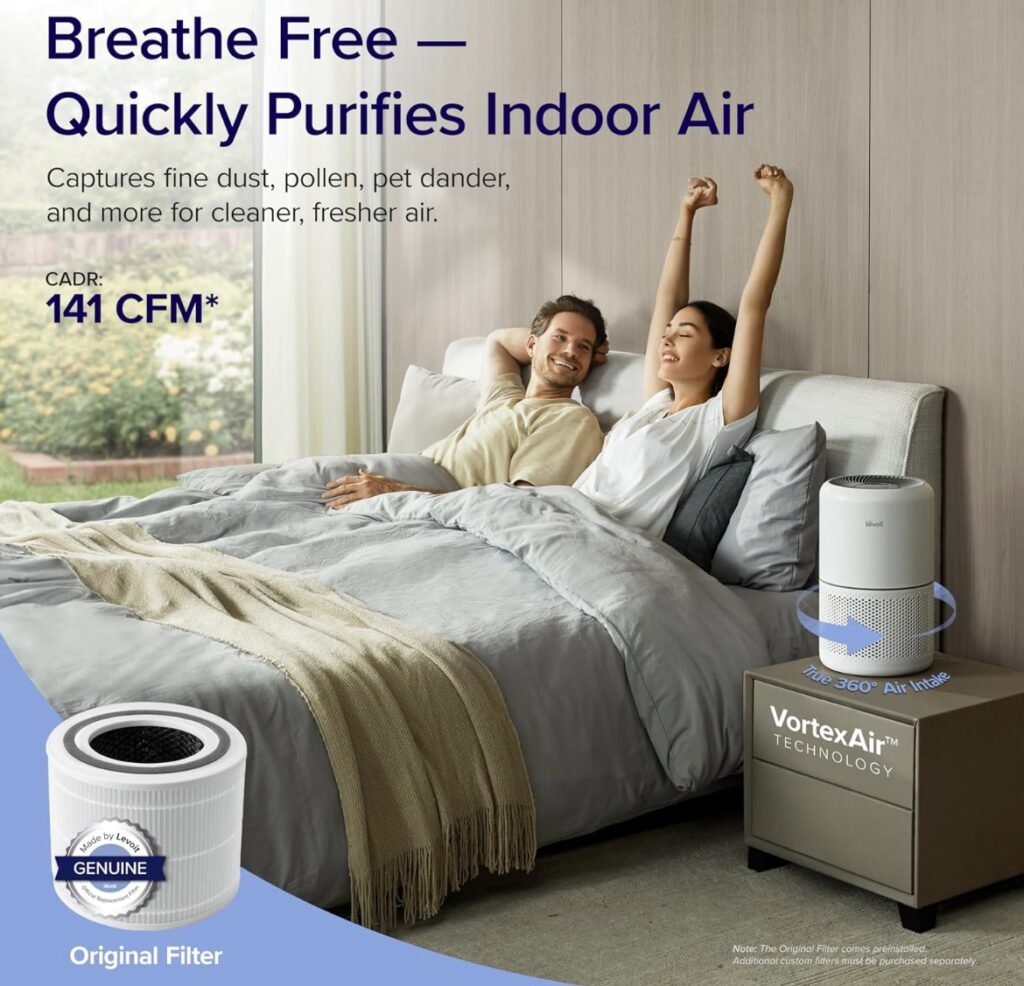
How Do You Know If Your Air Conditioning Is Causing Allergies?
If your allergy symptoms consistently flare up when the air conditioner is on, your AC may be to blame. Here are some signs that point to your air conditioning system as the source:
- Worsening Symptoms Indoors: If sneezing, coughing, or nasal congestion happens mostly when you’re inside with the AC running, allergens like dust or mold in the system could be the cause.
- No Relief Despite Medications: If allergy medications aren’t helping, the problem might be ongoing exposure to indoor allergens.
- Visible Build-Up in Vents or Filters: Dust, debris, or mold around the vents or on filters can trigger symptoms.
Cleaning and maintaining your air conditioning system can help reduce these issues. Pairing your efforts with an effective air filter or air purifier can further enhance indoor air quality. For additional insights, explore common air conditioning allergy triggers and how to manage them.
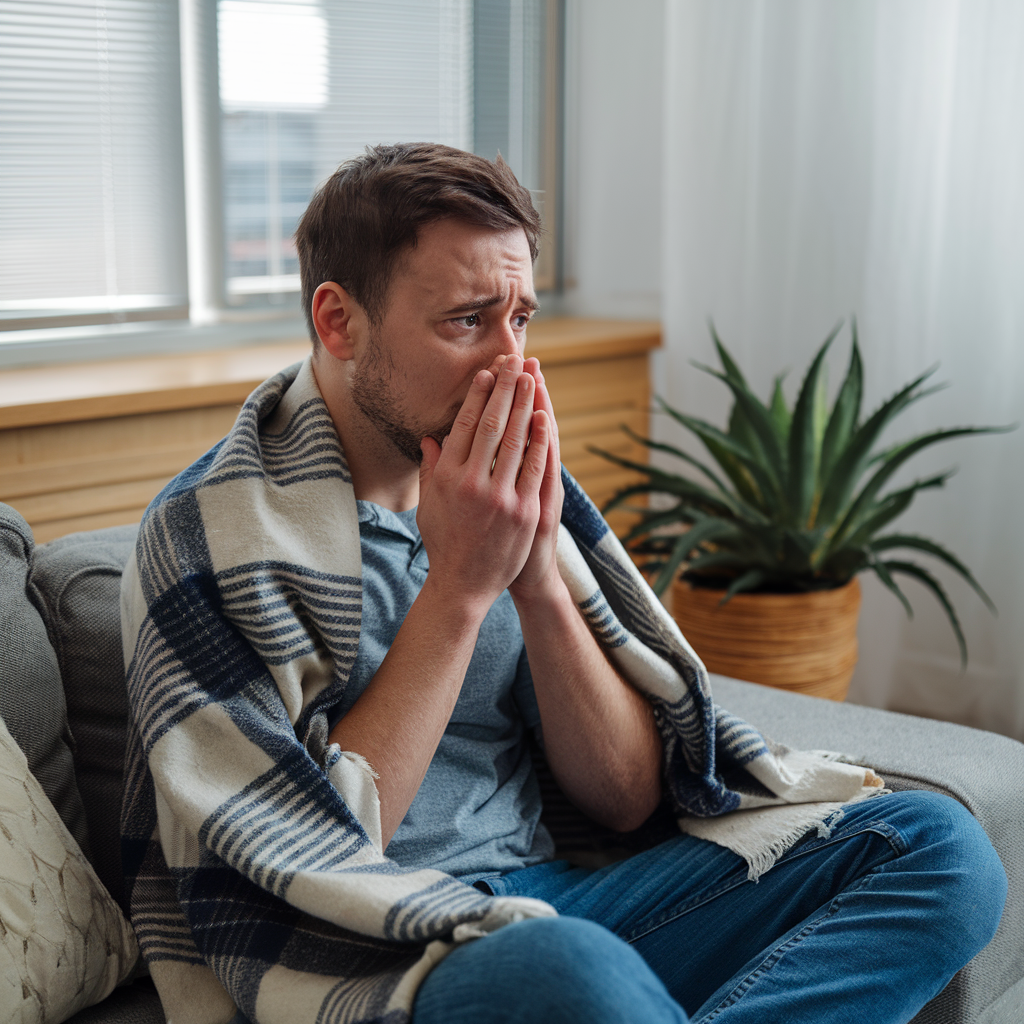
What Is Air Conditioning Syndrome?
Air conditioning syndrome refers to the set of symptoms triggered by prolonged exposure to air-conditioned environments. While the cool air can be a relief in summer, it often comes with downsides like reduced humidity and recirculated allergens, which can aggravate allergies or respiratory discomfort.
Symptoms of Air Conditioning Syndrome Include:
- Dry skin, throat, and eyes due to low humidity.
- Increased allergy symptoms, such as sneezing and congestion, from dust or mold in the system.
- Fatigue and headaches caused by stale, recirculated air.
To combat dryness and discomfort, maintaining balanced humidity levels is essential. Consider using a humidifier or following these quick fixes for low humidity at home to improve your indoor air quality and stay comfortable. Regular AC maintenance and proper air filtration can also help prevent these issues.
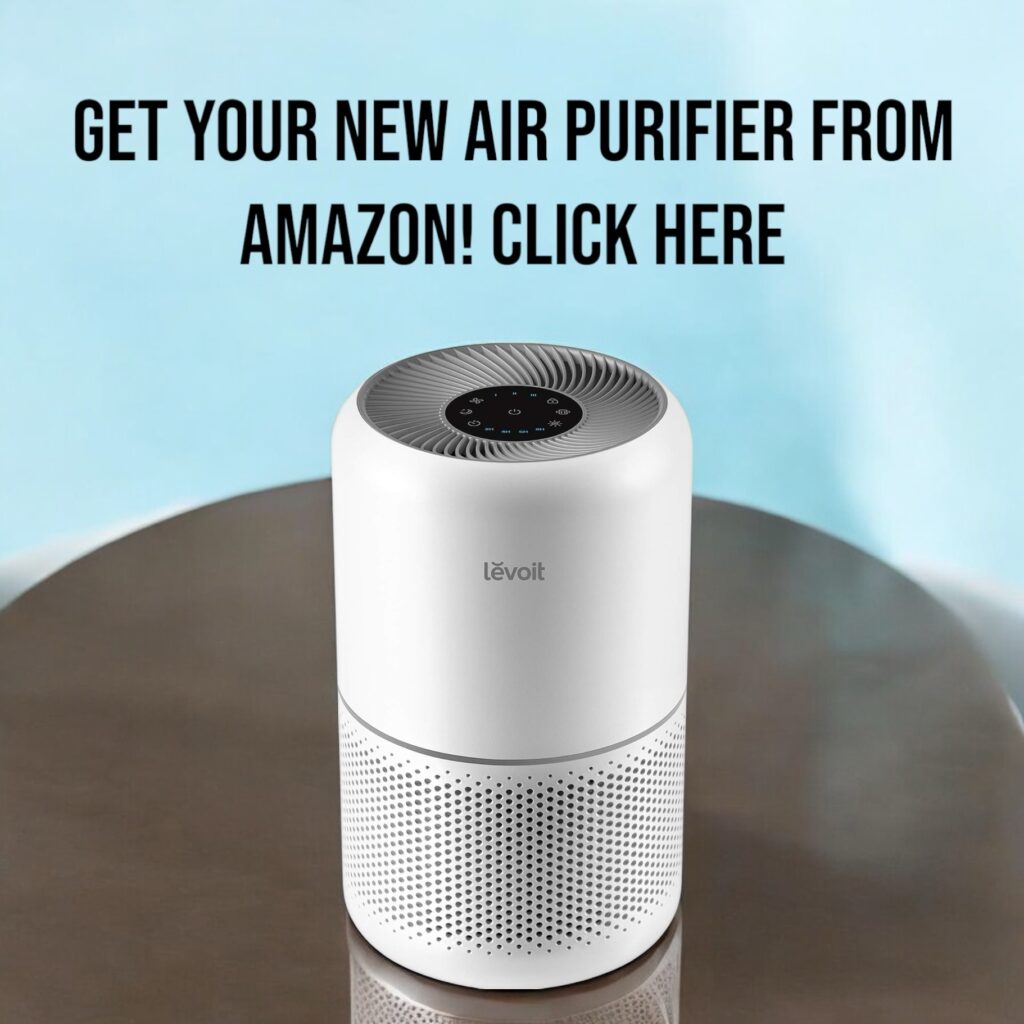
Common Causes of Air Conditioning Allergies
Air conditioning systems can become a breeding ground for allergens, triggering symptoms that mimic hay fever or sinus infections. Understanding the common causes of air conditioning allergies can help you address the problem effectively.
Main Triggers in AC Systems:
- Dust Mites: These microscopic creatures thrive in the dust that accumulates in AC filters and vents.
- Mold and Mildew: Poor maintenance can lead to moisture buildup in your system, allowing mold to grow and circulate in the air.
- Pollen: Outdoor allergens like pollen can be pulled into your AC system and redistributed indoors.
- Volatile Organic Compounds (VOCs): Chemicals from cleaning products or furniture can be trapped and recirculated by the AC.
Prevention Tips:
- Clean or replace air filters every 1–3 months.
- Schedule professional maintenance for your HVAC system at least once a year.
- Use high-quality air filters that can trap allergens effectively.
To tackle airborne allergens more thoroughly, consider using a high-performance air purifier with HEPA filtration to complement your AC system and create a healthier living space.
By identifying and managing these triggers, you can reduce allergy symptoms and breathe easier.
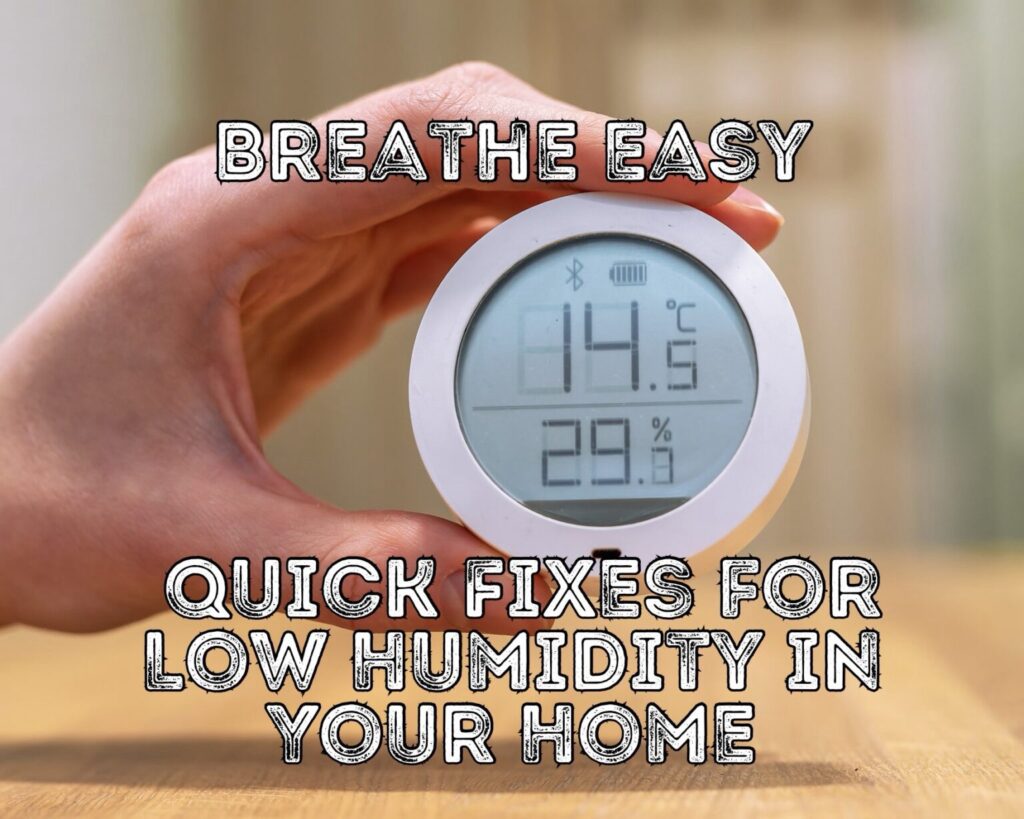
Why Do I Cough When the Air Conditioner Comes On?
Coughing when the air conditioner starts running is a common complaint, and it often indicates poor air quality or dryness caused by the system. Here’s why this happens:
Reasons for AC-Triggered Coughing:
- Dry Air: Air conditioners reduce humidity, drying out your throat and nasal passages, which can lead to irritation and coughing.
- Circulating Allergens: Dust, mold spores, and pet dander trapped in the system can be blown into the air, irritating your respiratory system.
- Cold Air Sensitivity: For some, cold air itself can trigger a reflex cough, especially if the throat is already dry.
Solutions for AC-Related Coughing:
- Use a humidifier to maintain optimal indoor humidity levels.
- Clean air filters regularly to reduce allergen buildup.
- If symptoms persist, consult a doctor or consider using allergy treatments like Flonase to manage inflammation.
Addressing the root cause, whether it’s dryness or allergens, can help minimize coughing and improve comfort when the AC is on.

Do Air Conditioners Remove Allergens?
Air conditioners can help reduce allergens in your home, but only to a certain extent. While they filter some airborne particles, they’re not designed to eliminate all allergens, especially if the system isn’t properly maintained.
How Air Conditioners Handle Allergens:
- What They Do Well:
- Remove larger particles like dust and some pollen if equipped with a clean filter.
- Reduce indoor humidity levels, which can discourage dust mites and mold growth.
- What They Don’t Do:
- Eliminate microscopic particles like mold spores or pet dander unless equipped with HEPA filters.
- Prevent allergens from circulating if filters are dirty or low quality.
To enhance air quality, complement your AC with a HEPA air purifier designed to trap allergens. These devices go beyond what standard AC systems can achieve by targeting smaller particles and improving overall air cleanliness.
Regular AC maintenance and adding an air purifier to your home can make a big difference for allergy sufferers.
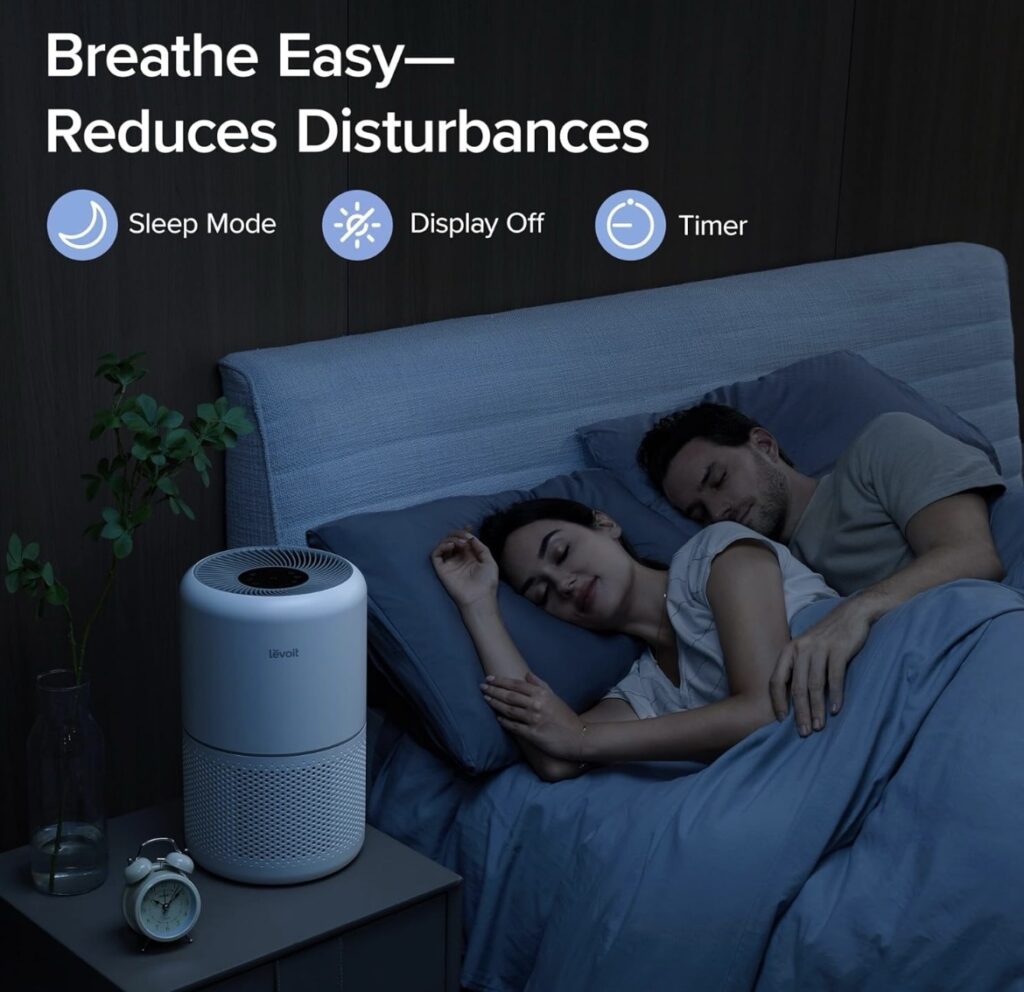
How to Treat Air Conditioning Sickness
If you’re experiencing air conditioning sickness caused by allergens, dryness, or poor air quality, there are effective ways to alleviate your symptoms and make your home environment more comfortable.
Steps to Treat Symptoms:
- Hydrate Regularly: Drink plenty of water to combat dryness caused by low humidity.
- Use a Humidifier: Adding moisture to the air can help soothe dry skin, throat irritation, and nasal passages.
- Clean Your AC System: Replace filters regularly and have your ducts cleaned to prevent allergen buildup.
- Try Allergy Treatments: Medications like Flonase or homeopathic remedies can help manage inflammation and nasal congestion.
- Consider an Air Purifier: Devices equipped with HEPA filters can help remove allergens from the air, reducing symptoms over time.
For more natural remedies, check out homeopathic treatments for seasonal allergies, which can complement other treatments. By addressing both the root causes and symptoms, you can significantly reduce the impact of air conditioning sickness.

Preventing Air Conditioning Allergies
Preventing air conditioning allergies starts with keeping your AC system clean and creating a healthier indoor environment. Simple maintenance and proactive measures can drastically reduce allergens and improve air quality.

Tips to Prevent AC Allergies:
- Regular Maintenance:
- Schedule annual HVAC inspections to clean ducts and check for mold or debris buildup.
- Replace air filters every 1–3 months, especially during allergy season.
- Upgrade Your Filters:
- Use high-quality, allergen-trapping filters to minimize dust, pollen, and dander circulation.
- Control Humidity Levels:
- Keep indoor humidity between 30–50% to discourage mold and dust mites. A humidifier or dehumidifier can help achieve the right balance.
- Use an Air Purifier:
- Pair your AC with a HEPA air purifier to target microscopic allergens that slip through standard filters. Place it in high-traffic areas like your bedroom or living room for the best results.
- Clean Vents and Surroundings:
- Regularly vacuum and dust areas around vents to prevent particles from entering the air system.
For more tips on managing related symptoms, read about clearing post-nasal drip and sinus issues to keep your respiratory system healthy. Taking these preventative steps will ensure a cleaner, healthier home environment year-round.
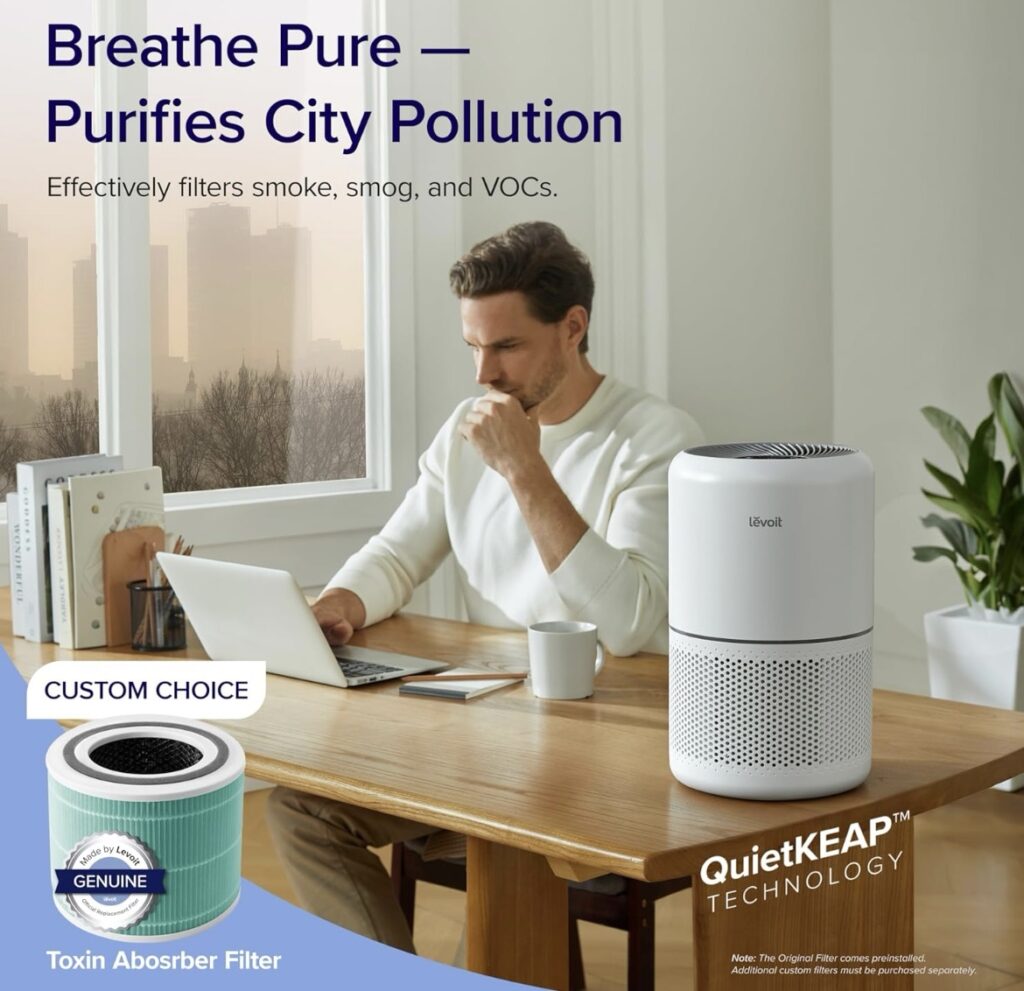
Air conditioning allergies symptoms can range from mild sneezing and coughing to more disruptive respiratory issues, but they don’t have to make your home uncomfortable. By understanding the causes—like dirty filters, allergens, or low humidity—and taking preventative steps, you can enjoy clean, cool air without the allergy triggers.
Regular AC maintenance, upgrading to high-quality filters, and balancing indoor humidity are crucial for reducing symptoms. Complement these efforts with tools like a HEPA air purifier to remove allergens and improve air quality.
With a little effort, you can breathe easier and stay comfortable, even during allergy season. Keep your space clean, your air fresh, and your health a priority!

As an Amazon Associate we earn from qualifying purchases through some links in our articles.




